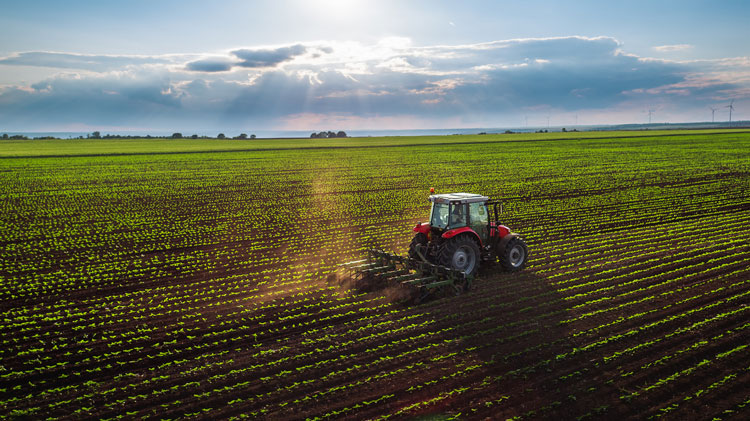
When it comes to farmland leases, what should be included in the lease and what will hold up in a court of law? Peggy Hall, a lawyer, and director of The Ohio State University Extension Agriculture Law Program, joined the “Agronomy and Farm Management” podcast hosted by The Ohio State University Extension to discuss farmland leases, hunting leases, and agricultural easements.
“Enforceability is key,” stated Hall when talking about agriculture leases. The lease needs to be able to hold up in a court of law, and that essentially means it needs to be in writing and include a signature. Hall shared that she has seen a napkin work in court because it had those two components. Other less formal agreements, such as text messages, turn into a gray area because they don’t have a signature.
Hall mentioned six key components that a written farmland lease should include:
- Where the property is located and a description of the property.
- The correct legal names of the parties.
- Acreage number.
- Addresses of the parties.
- How long the lease will last and what the parties need to do to terminate the lease.
- What the payment is and how it will be handled.
Beyond these core items, additional provisions can be added, such as who maintains the field access points, who is responsible if tiling is needed, and nutrient management provisions. Hall shared she sometimes sees people who are hesitant to create and sign farmland leases because a party may feel like the written lease is put in place from a lack of trust. She advised, “Blame it on the attorney. You just don’t know what is around the corner.”
Hunting leases cover permission to use the land and restrictions of use. Hunting permission is only giving permission to use the land. As a landowner, you are not liable for any injury a hunter may incur on your land, regardless of a written lease. However, a written lease can cover restrictions for hunting like where trees stands or blinds can be used and when.
Hall discussed agriculture easements as well. She shared these become popular in periods of development whether that be solar, commercial, or residential. “I am seeing a lot of questions now about how we protect agricultural land from those types of conversions,” said Hall. Agricultural easements protect land to be used solely for agricultural production. A landowner has the potential to receive payment through different state and federal programs for putting acres into an agricultural or conservation easement.
To put land into an agricultural easement, the first step a landowner needs to take is find a holder for the easement. That will typically be a soil and water conservation district, the state, or county. Then they need to learn the eligibility requirements and work with their professional team to look at legal and financial implications. Finally, they need to look at the requirements of the program; for example, some require donations.
For more resources on farm management and legal information, visit farmoffice.osu.edu.








